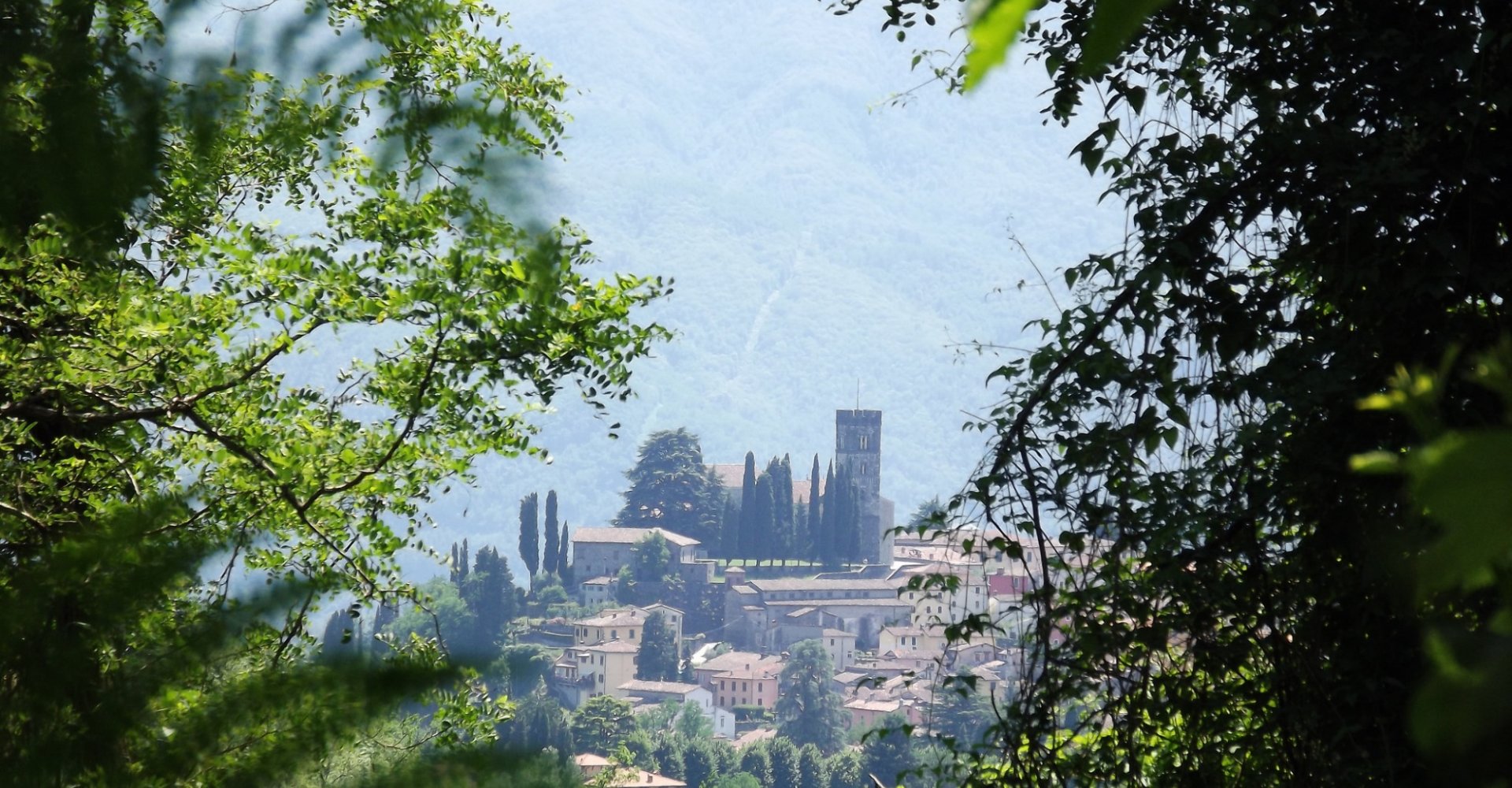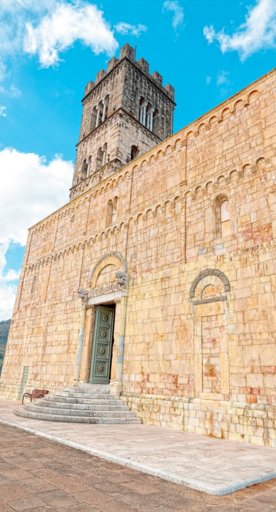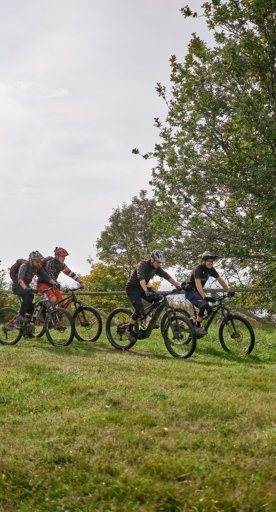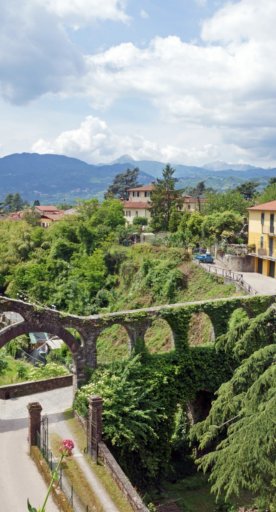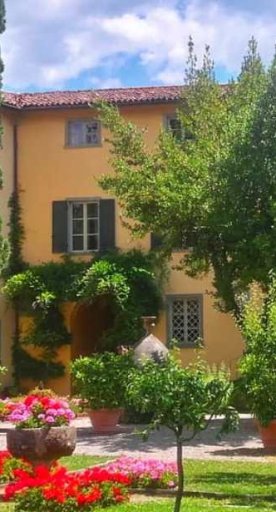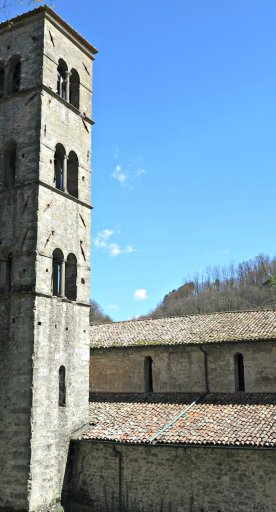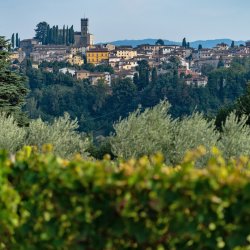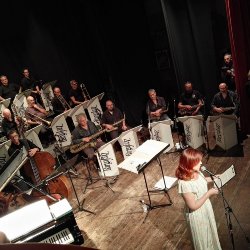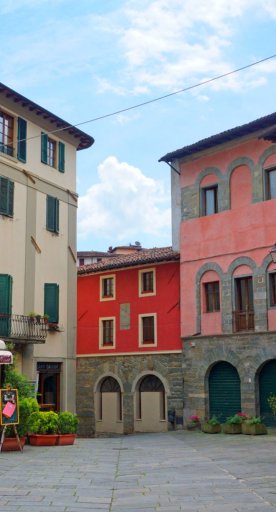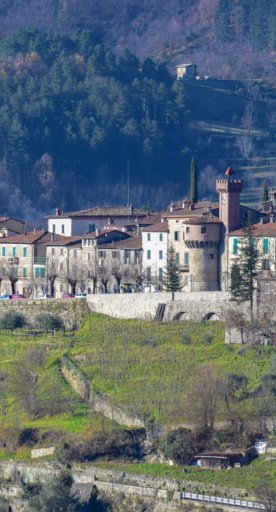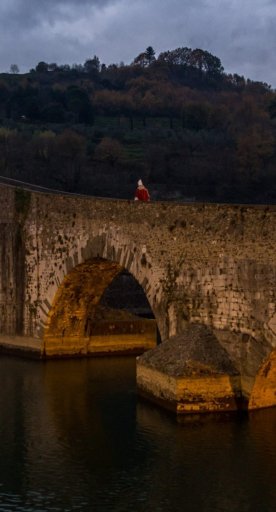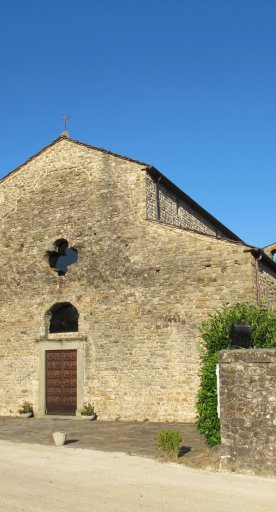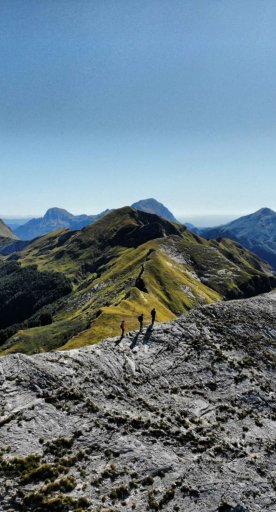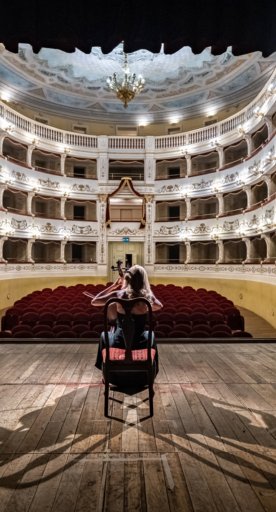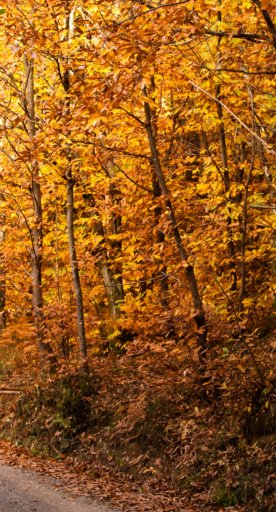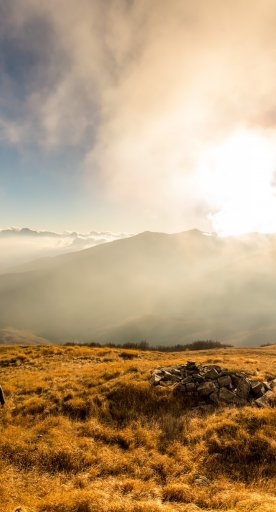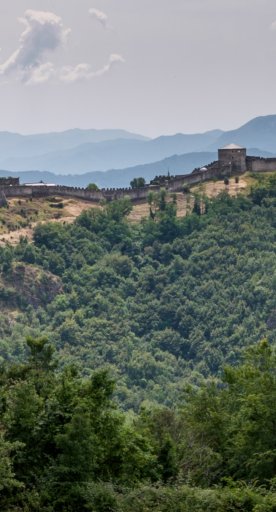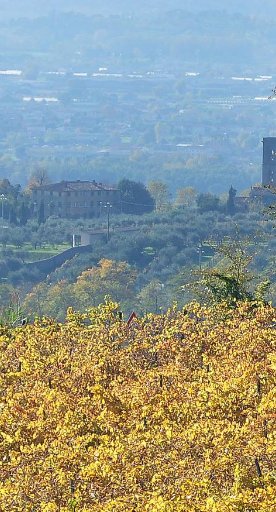Barga
A medieval village nestled between the Tosco-Emiliano Appenines and the Apuan Alps
Barga is a village nestled between the Tuscan-Emilian Apennines and the majestic Apuan Alps. The Barga mountains’ beauty is combined with stunning colours, a mild climate, remarkable works of art and its people’s lively hospitality. The town is full of historic traditions, and has been included in the list of most beautiful villages in Italy (drawn up by ANCI). It’s been awarded the Orange Flag by the Touring Club for its numerous places of cultural interest and its well-kept historic center.
What to see in Barga
On a rocky spur in the mountain range, lies a castle that overlooks Barga’s cityscape. It exemplifies a medieval village’s typical structure and is surrounded by a perimeter wall that is accessible via three gates: Porta Reale, Porta Macchiaia and Porta di Borgo. When walking through the intricate web of alleys and piazzas preserved over the course of centuries, you’ll find the quirky irregularities of historic architecture almost everywhere you look. If you follow via del Pretorio, alleys and roads on both the left and right open up before you. You’ll catch a glimpse of ruins of medieval buildings until, going past the Piazza Ser Barghesano, you walk out in front of the beautiful view that is the Cathedral of San Cristoforo. It’s iconically framed by the asymmetric roofs of the historic center and, further awayl, the green hills dotted with villages and farmhouses, the superb crown of the Apuans.
It’s worth noting the Conservatorio di Santa Elisabetta - originally a convent of the Poor Clares and founded by Beato Michele Turignoli in the 15th century. Then, in 1788, it was transformed by Pietro Leopoldo, Grand Duke of Tuscany, into a Conservatory for educating young girls. Its impressive rectangular design was built on three levels, completely surrounding an immense cloister, fitted with extravagant cisterns. Nearby, you’ll come across the original walls of Barga’s castle, built in the 16th century. Amongst the furnishings inside the small church belonging to the monks are a beautiful altarpiece of Robbianan design alongside a large 5th-century Crucifix and two 6th-century paintings.
On a rocky spur in the mountain range, lies a castle that overlooks Barga’s cityscape. It exemplifies a medieval village’s typical structure and is surrounded by a perimeter wall that is accessible via three gates: Porta Reale, Porta Macchiaia and Porta di Borgo. When walking through the intricate web of alleys and piazzas preserved over the course of centuries, you’ll find the quirky irregularities of historic architecture almost everywhere you look. If you follow via del Pretorio, alleys and roads on both the left and right open up before you. You’ll catch a glimpse of ruins of medieval buildings until, going past the Piazza Ser Barghesano, you walk out in front of the beautiful view that is the Cathedral of San Cristoforo. It’s iconically framed by the asymmetric roofs of the historic center and, further awayl, the green hills dotted with villages and farmhouses, the superb crown of the Apuans.
It’s worth noting the Conservatorio di Santa Elisabetta - originally a convent of the Poor Clares and founded by Beato Michele Turignoli in the 15th century. Then, in 1788, it was transformed by Pietro Leopoldo, Grand Duke of Tuscany, into a Conservatory for educating young girls. Its impressive rectangular design was built on three levels, completely surrounding an immense cloister, fitted with extravagant cisterns. Nearby, you’ll come across the original walls of Barga’s castle, built in the 16th century. Amongst the furnishings inside the small church belonging to the monks are a beautiful altarpiece of Robbianan design alongside a large 5th-century Crucifix and two 6th-century paintings.
Nearby
For literature enthusiasts, the hamlet of Castelvecchio Pascoli is only four kilometres from Barga. The poet Giovanni Pascoli lived here for several years. It’s possible to visit the house where he lived with his sisters, and Pascoli even dedicated the memo in the anthology of Canti di Castelvecchio to this hamlet.
Trekking lovers can take the Via Matildica del Volto Santo, which starts from Mantua, crosses the Garfagnana and Mid Serchio Valley, and ends in the historic center of Lucca at the Cathedral of San Martino where the wooden statue of the Volto Santo, also known as the "Black Christ of Lucca", can be found.
For literature enthusiasts, the hamlet of Castelvecchio Pascoli is only four kilometres from Barga. The poet Giovanni Pascoli lived here for several years. It’s possible to visit the house where he lived with his sisters, and Pascoli even dedicated the memo in the anthology of Canti di Castelvecchio to this hamlet.
Trekking lovers can take the Via Matildica del Volto Santo, which starts from Mantua, crosses the Garfagnana and Mid Serchio Valley, and ends in the historic center of Lucca at the Cathedral of San Martino where the wooden statue of the Volto Santo, also known as the "Black Christ of Lucca", can be found.
Events
Although Barga and its surrounding area is an exciting destination throughout the year, it’s worth planning a trip during the summer, and even better if you can find a time during one of the typical festivals that take place between July and August, such as the Festa della Piazzette, the ‘Fish&Chips’ Festival and the Barga Jazz Festival.
Although Barga and its surrounding area is an exciting destination throughout the year, it’s worth planning a trip during the summer, and even better if you can find a time during one of the typical festivals that take place between July and August, such as the Festa della Piazzette, the ‘Fish&Chips’ Festival and the Barga Jazz Festival.
Typical products
As in all of Garfagnana and Mid Serchio Valley, dishes based on the Garfagnana IGP spelt and DOP neccio flour are particularly typical in Barga. These are two local excellences, and work perfectly as the base of sweet and savory dishes.
As in all of Garfagnana and Mid Serchio Valley, dishes based on the Garfagnana IGP spelt and DOP neccio flour are particularly typical in Barga. These are two local excellences, and work perfectly as the base of sweet and savory dishes.
